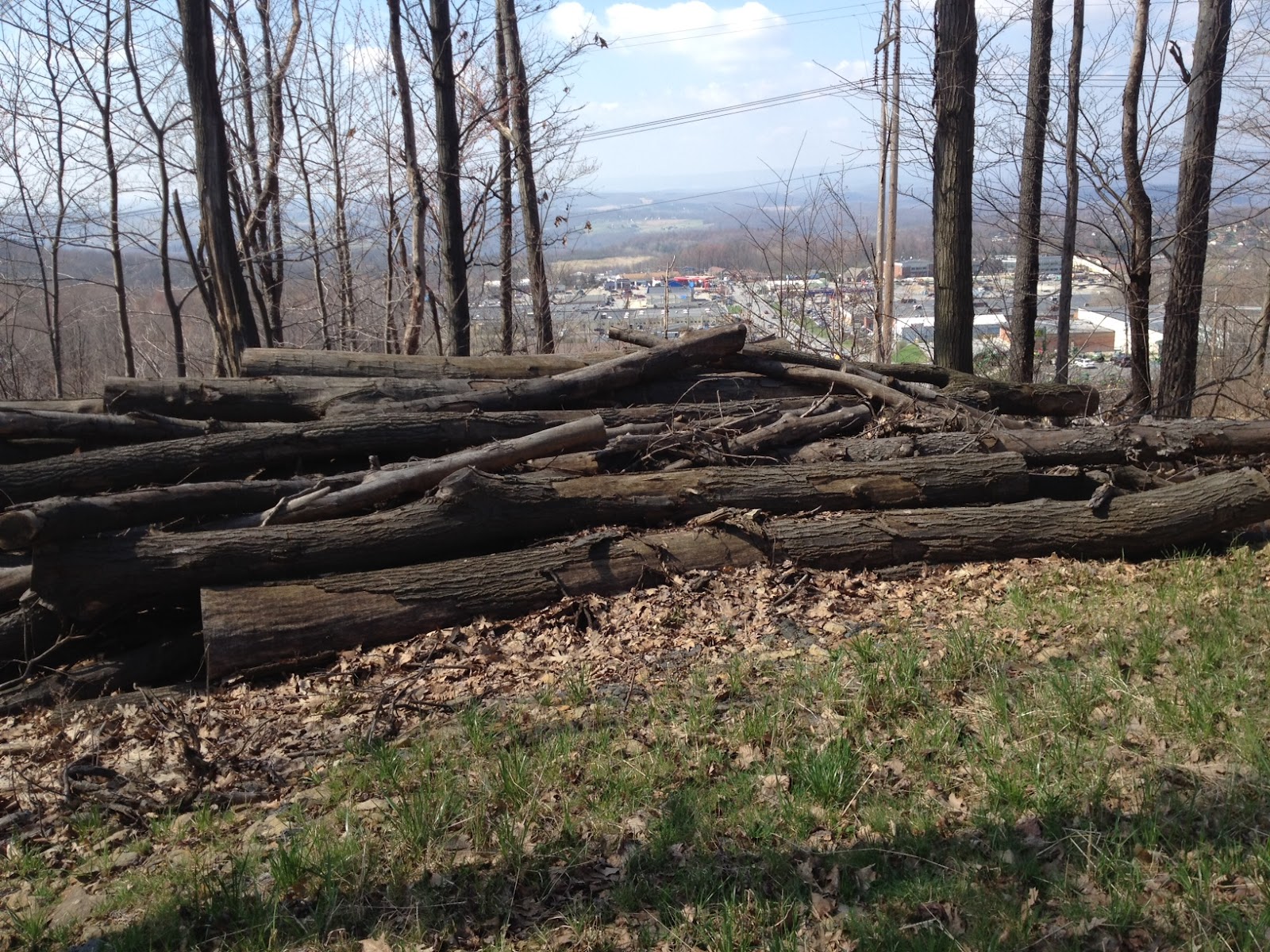B
BrianK
Guest
Hi folks,
Quick question...does it take less time for wood to season that's been down for a year or more, or is it mostly or entirely dependent on when it is C/S/S?
I'm going to be working over the coming weeks on a stack of trunks that was cut early last summer. I'm told its a mix of hardwoods including ash, cherry, oak and maple (frankly, I'm not yet sure what's in this stack, my wood ID skills are not yet up to speed), and I'm wondering if any of it will be ready for the coming season.

Quick question...does it take less time for wood to season that's been down for a year or more, or is it mostly or entirely dependent on when it is C/S/S?
I'm going to be working over the coming weeks on a stack of trunks that was cut early last summer. I'm told its a mix of hardwoods including ash, cherry, oak and maple (frankly, I'm not yet sure what's in this stack, my wood ID skills are not yet up to speed), and I'm wondering if any of it will be ready for the coming season.


